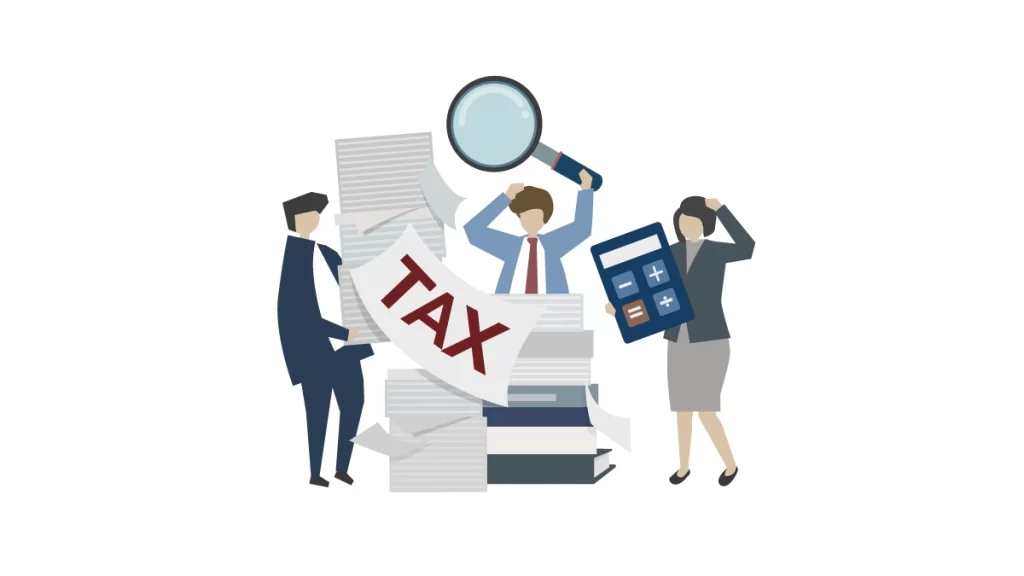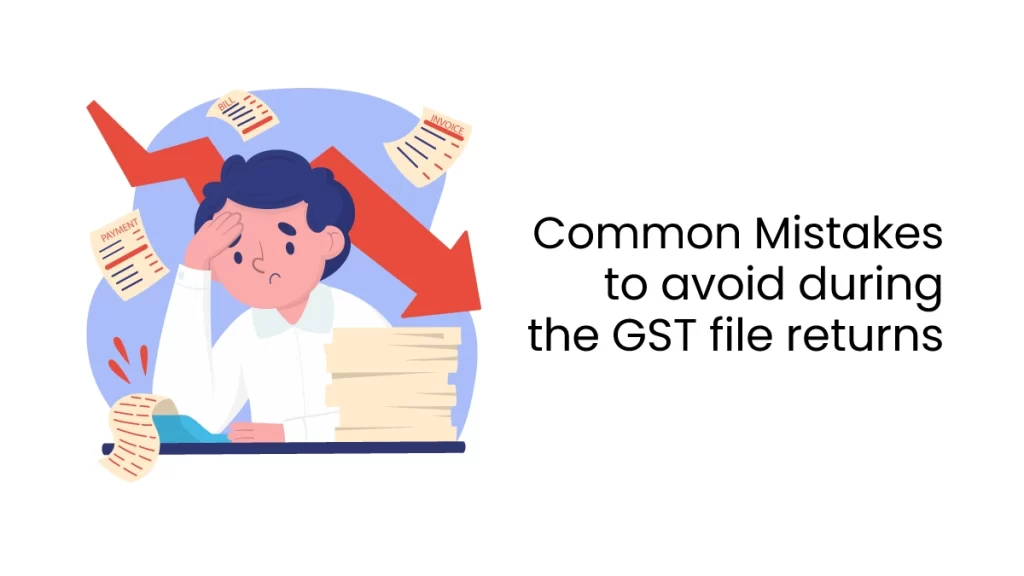Goods and Services Tax (GST) helps to simplify the indirect tax system. However, filing GST returns can still be tricky. It’s essential to file GST correctly to stay compliant and avoid penalties. By taking a Goods and Services Tax course, you can learn how to prevent standard GST file returns mistakes by maintaining accurate records, double-checking data, and adhering closely to GST rules.
Mistakes Must Avoid in GST File Returns
Here are some common GST filing errors which businesses make while filing GST returns and tips to avoid them:
Filing GST Under the Wrong Tax Head
Businesses must record taxes under IGST, CGST, and SGST when filing GST. Many people accidentally enter their tax liability or input tax credit under a different heading. Sometimes, payments or interest are made under the incorrect tax head. Be careful, as GST rules don’t allow switching tax amounts between headings. This mistake can hurt cash flow and working capital.
Claiming Wrong Input Tax Credit
A common mistake in GST return filing is claiming incorrect input tax credit (ITC). GSTR-2A shows your purchases and input tax credits automatically. However, you need to manually report your input tax credit when filing returns. Make sure to claim the correct amount. If you claim too much, you’ll have to adjust it in the next return and pay the difference with interest.
Submit GST Returns on Time
You should file your GST returns on time. If you neglect this, you might face GST registration cancellation and monetary penalties.
File Your NIL Return
Some taxpayers think they don’t need to file a GST return if they have no transactions. However, you may face penalties if you don’t file or file late. Even if you have no transactions, you must file an NIL return. This is necessary for submitting future returns because GSTN won’t allow new returns if past returns are missing.
Errors While Uploading Data in GSTR-1
The GST file returns mistakes that can happen while uploading the data. GSTR-1 asks for a lot of details about your sales, including invoice dates, numbers, and tax rates. With all this information, you might make errors leading to differences between GSTR-1 and GSTR-3B. Once you submit a return, you can’t make changes so you need to be careful.
Missing Reverse Charge Mechanism (RCM) Payments
You must pay a Reverse Charge Mechanism (RCM) tax for some items and services. You may face extra interest charges and lose your input tax credit if you don’t pay this tax. Remember, you cannot use ITC to pay RCM tax. Pay RCM tax using a challan. After paying, you can claim ITC for this amount just like you would for output tax.

Always Match Your GSTR 3B and GSTR 1
Failing to regularly match your GSTR 3B with GSTR 1 can lead to significant errors. Before you file your GST returns, double-check that your GSTR 3B and GSTR 1 reports match.
For example, if you report sales of Rs. 2 crore in your GSTR 3B for May 2020 but show Rs. 2.50 crore in your GSTR 1 for the same month, you might face unnecessary problems with the GST office. To understand about proper updating in GSTR 1, joining gst online courses will help you that gives thorough knowledge.
Incomplete Aadhaar Verification by GST-Registered Individuals
A common mistake when filing GST returns is not finishing aadhaar verification. From January 1, 2022, Rule 10B requires taxpayers to complete Aadhaar verification for these purposes:
- To apply to cancel their GST registration,
- To fill out GST refund applications (Form RFD-01).
- To claim refunds for IGST on goods exported outside India.
If taxpayers don’t complete Aadhaar verification, they might face issues like losing their GST registration and needing to apply to reverse the cancellation.
Paying GST Under the Wrong Categories
Many businesses lose money by paying GST in the wrong categories. Always check that you’re paying GST under the correct category when you file your returns. For example, don’t file under a different category if it should be under State Goods and Services Tax (SGST).
Before you file, make sure you know which GST category to use:
- Use IGST for transactions between states.
- Use CGST and SGST for transactions within the same state.
If you make a GST file returns mistakes and pay under the wrong category, you can’t fix it immediately. Instead, you can carry forward the extra IGST amount for future payments or refunds.
To follow the rules and avoid fines, it’s essential to avoid mistakes when filing GST. Common errors include choosing the wrong tax categories and having incorrect records. These mistakes can harm your company’s finances and reputation. Enrolling in short-term accounting courses can help you understand GST better and reduce the risk of such errors.










